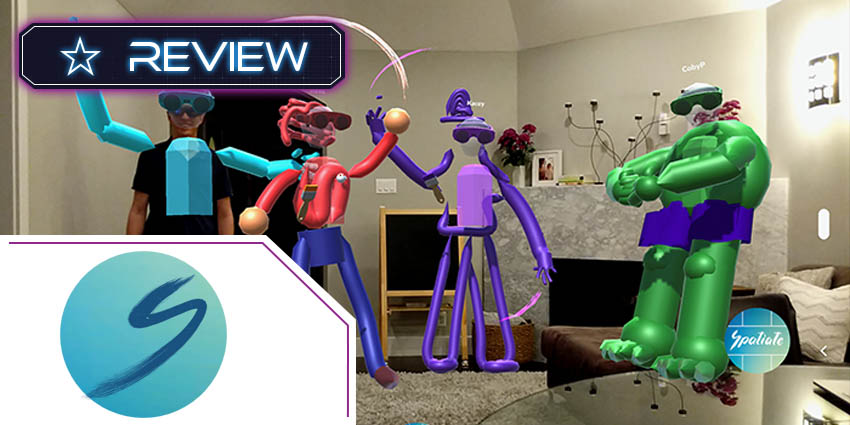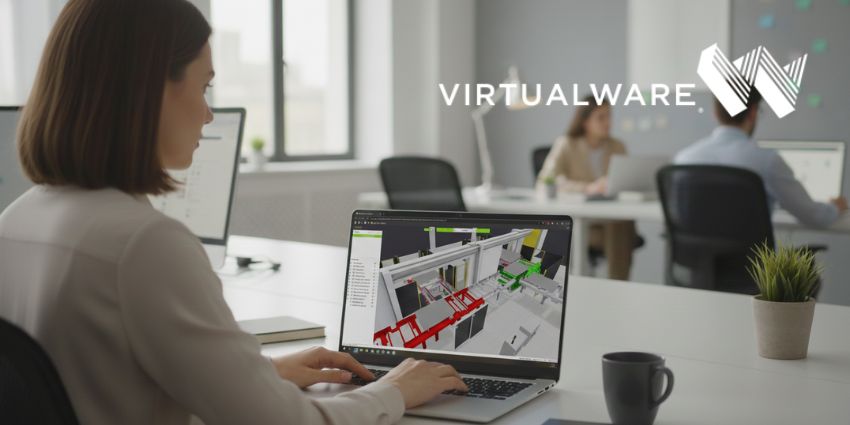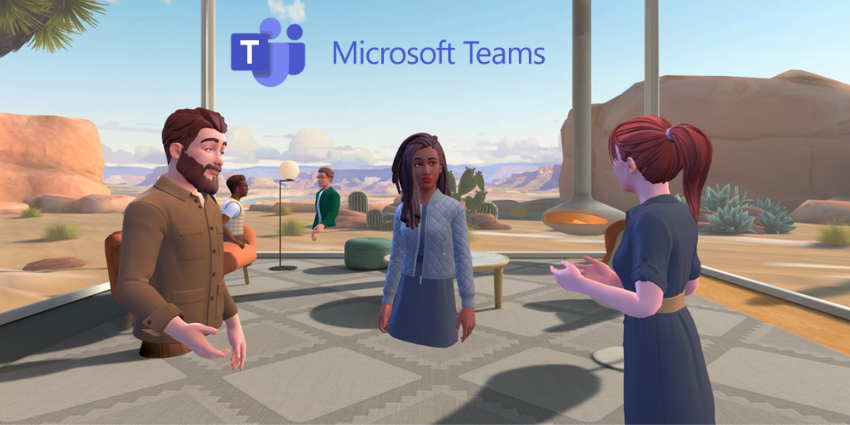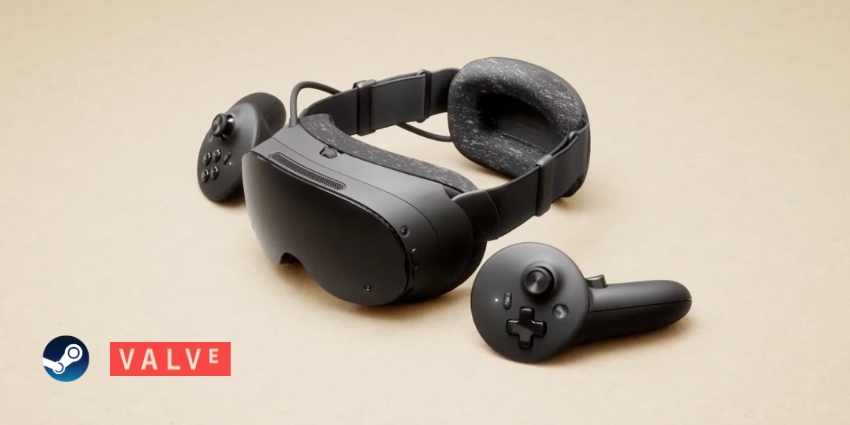Across Realities is an XR company, founded in 2017. It is better known for its AcrossXR platform that powers its immersive experiences, but Across Realities is also responsible for creating game-changing social collaboration products – and Spatiate is one of them.
Across Realities launched Spatiate in 2019 exclusively for the Magic Leap platform, meant for remote artists/creators who want to collaborate in a spatial computing environment.
The platform allows participants to paint in 3D in the real world, overlaying a virtual setting on top of your physical surroundings.
Across Realities’ co-founders and indie developers, Steve Lukas and Alexandria Heston were helped by three Magic Leap developers, Andres Ornelas, JJ Castillo, and Tony Ramirez, on taking Spatiate to its final, publicly released version.
It is now available on the Magic Leap marketplace.
Let us consider the features Spatiate has to offer.
What are the Key Features of Spatiate?
Spatiate is meant for anyone looking to gain from collaborative work in a VR environment, complete with interactive capabilities.
The fact that it is powered by Magic Leap is a definite plus, as it means that this once niche and indie product is poised to reach a diverse array of platforms.
Art creation
Spatiate is meant for commercial artists as well as hobbyists, as it provides an incredibly flexible canvas for freehand drawing.
The entire virtual world on Spatiate is like a massive whiteboard, where you can use the software’s built-in tools like a pen or paintbrush to create your designs. These 3D creations can even be animated inside the environment using simple hand gestures.
Collaboration potential
Remote colleagues can assemble in a virtual room inside of Spatiate (up to 12 collaboration participants at the same time) and engage in visual brainstorming sessions.
Interestingly, collaboration rooms are not persistent on Spatiate, which means that you will not be able to pick up where you left off.
However, the software does give you save/export options so that, once different participants have shared their annotations on a diagram, it can be exported to any 3D graphic visualisation program.
Simplistic avatars
Spatiate keeps its approach to rendering users inside a VR world relatively simple and straightforward.
Participants are recreated as an abstract 3-dimensional shape, with a tag or label floating above the avatar indicating their name. Avatars can be personalised using basic colour hues.
Platform compatibility and legacy support
To start with, Spatiate is available as a Magic Leap app for use on VR devices like HoloLens. There is also legacy support, as Spatiate works seamlessly on desktop and mobile devices as well.
The company plans to extend compatibility further, with Spatiate scheduled for launch on most AR and VR devices very soon.
What are the Benefits of Using Spatiate?
Spatiate is excellent for highly collaborative design work – such as website design or UX design. Different stakeholders can chime in with their inputs, and Spatiate will save the results, as a GLB file, for a more detailed rendering on Sketchfab, Unity, etc.
How Much Will It Cost?
You can buy Spatiate right now for $9.99 on the CatchAR marketplace.







